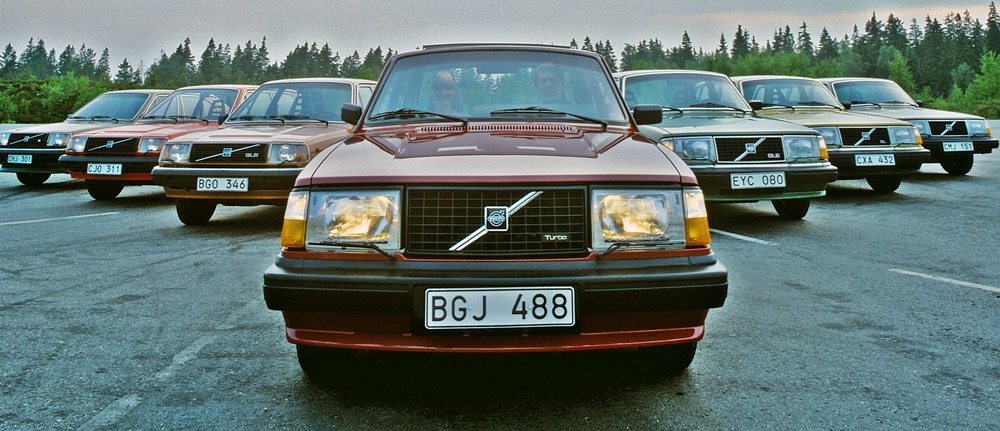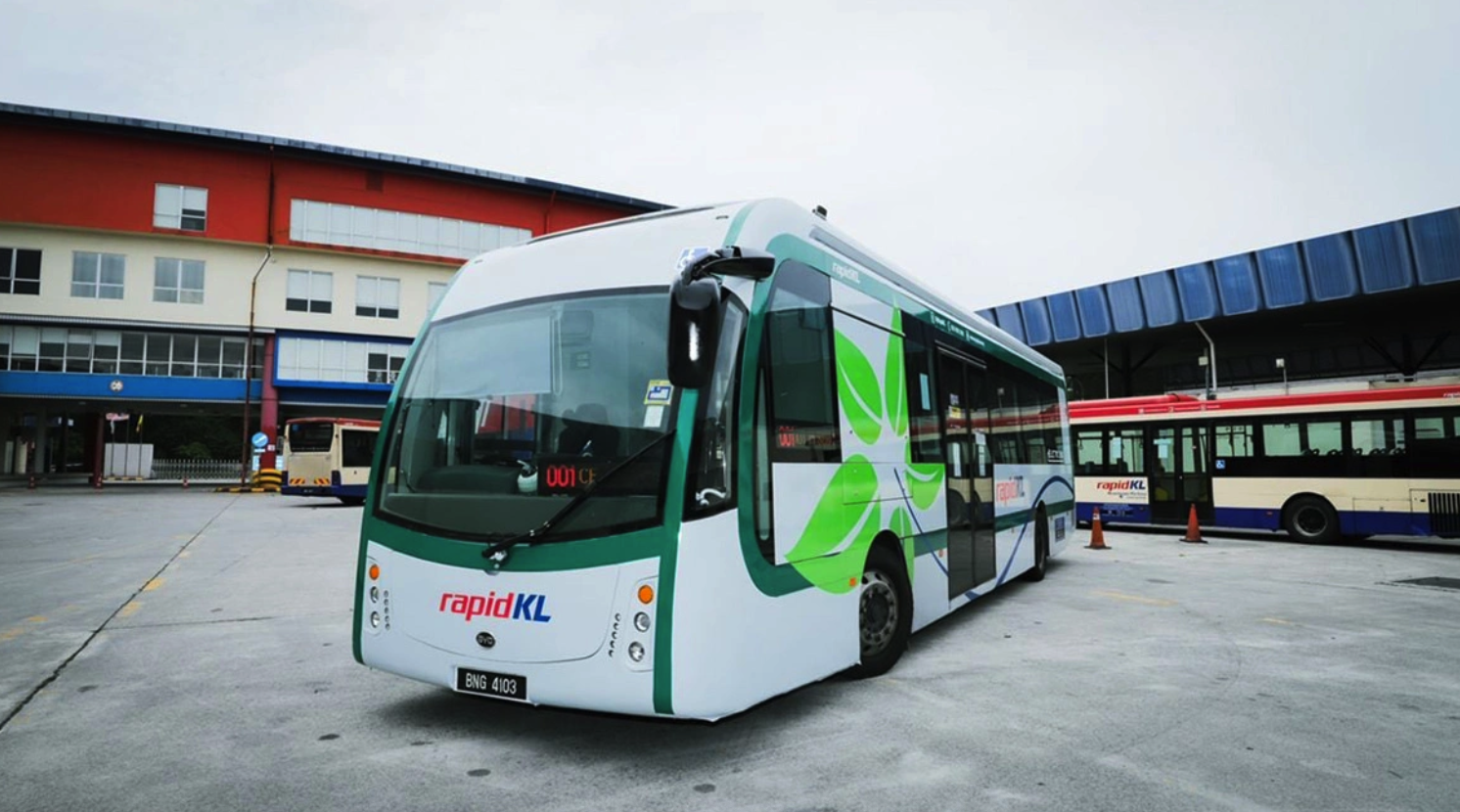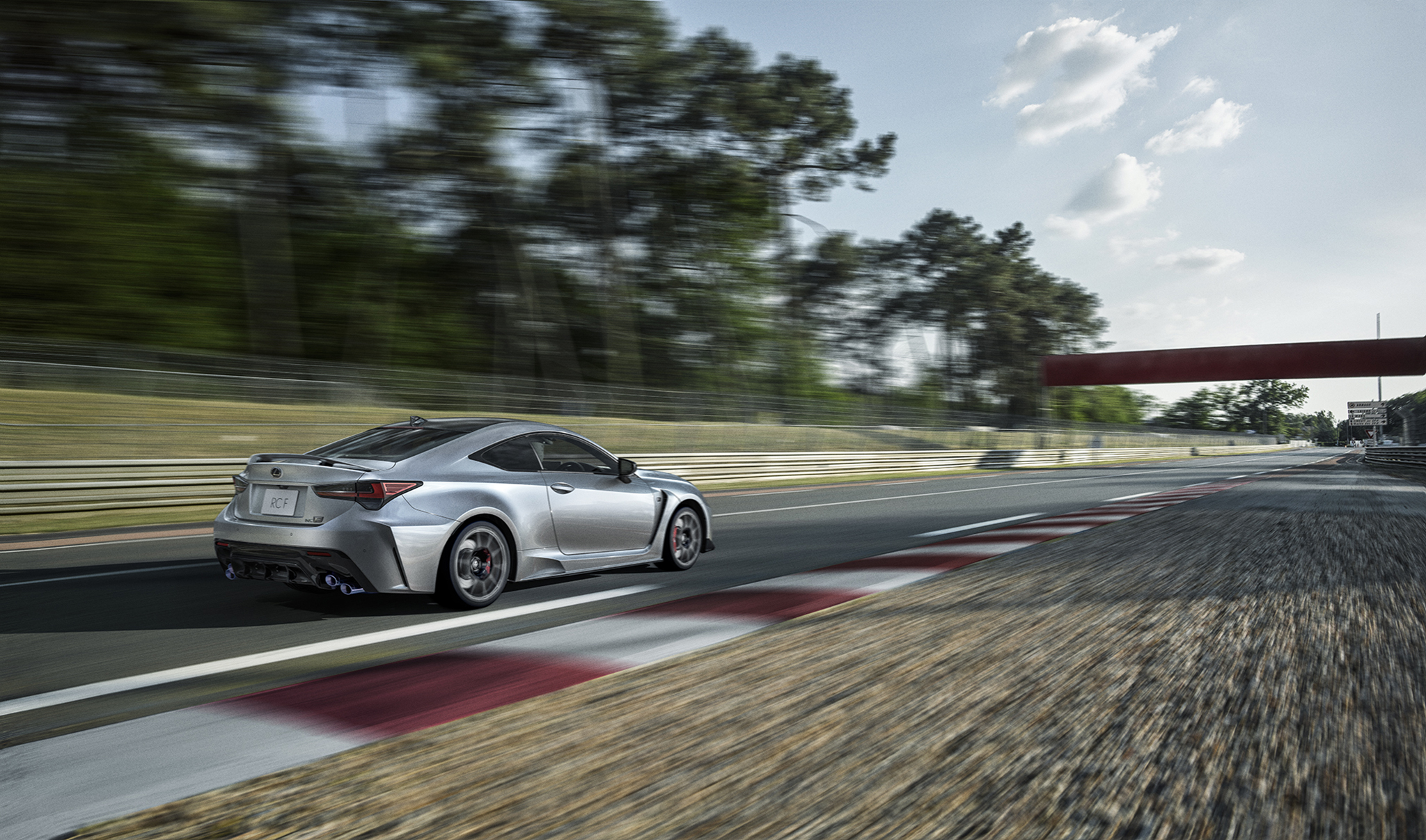The Volvo 240 was the Swedish carmaker’s first model to be a production ‘multi-millionaire’ and it was a major revenue-earner for the company in the 1970s. It was part of the 200 series which sold very well in America, a market that at one point accounted for over 50% of Volvo’s export sales.
Most people remember that 240 as a solid and safe car. However, it was not only in safety that this model gained a reputation as it was also one of the cars which was on the starting line of the age of powerful and efficient turbocharged engines 40 years ago. As the 245, It was also the first stationwagon with a turbocharged petrol engine.
Volvo’s engineers used their expertise with turbocharged engines, which was accumulated from 1954 when the brand’s L395 Titan truck went into mass production. Today, modular turbocharging forms the basis for all Volvo Drive-E engines in order to generate different power levels with the same cubic capacity.
The Volvo Turbo
40 years ago, there were some sportscars with turbocharged engines and such engines were also used in Formula 1 cars. But the 240 with a turbocharged petrol engine marked the beginning of a new era with the Volvo B21ET 4-cylinder petrol engine. It had a turbine that could spin at 110,000 rpm and produced up to 155 bhp from a displacement of 2.1 litres.
While a higher output usually meant higher fuel consumption, the 4-cylinder engine consumed less fuel than the bigger V6 engine in the 264. Performance-wise, a 0 to 100 km/h time of just under 9 seconds put the 245 Stationwagon briefly in pole position among the world’s fastest stationwagons.
In the USA, Volvo advertising even compared ‘The Turbo By Volvo’ with Italian supercars. What was important to Volvo was the acceleration and not the maximum speed. After all, the speed limit on US highways during that period was 55 mph (88 km/h) due to the energy crisis so Volvo did not highlight any top speed capability in its advertisements.

Innovative technology
With around 2.7 million units sold in almost 20 years of production, the 240, introduced in 1974, became an icon of Volvo cars. Its design gave the car a recognisable identity with the massive safety bumpers.
The 240 Turbo made its debut in 1977 and the 3-year lapse was because the engine was subjected to a stress test in everyday work by Swedish police authorities. The result was so convincing that the later production version of the 240 Turbo was used by police authorities in many countries. Even Pehr Gyllenhammar, then CEO and President of Volvo, personally tested the model with its higher performance before approving start of production.
The mode of operation of the somewhat small turbocharger (for that time) was revolutionary. Because it was already boosting the charge at 1,400 rpm (just above idling speed) the turbo in the B21ET engine reached maximum boost at a low 2,600 rpm, then the wastegate valve opened at a pressure of 0.72 bar.
The idea of downsizing engines in favour of maximized efficiency was also accelerated by the 240 Turbo. There was a 1.9-litre turbo 4-cylinder unit (B19ET) available for certain markets where a capacity below 2 litres was advantageous tax-wise.
Engine construction with racing expertise
Motorsport often drives technical developments and Volvo developed a R-Sport turbo kit for those who wanted to participate in the one-make series Volvo Turbo Cup in 1982. In the same year, the FIA introduced new regulations that made it possible for the car to be entered in the Group A touring car categories.
The specially developed 240 Turbo Evolution, produced in the required 500 units, had a larger turbocharger, a modified engine control system and water injection, an invention patented by Volvo. At the opening race of the new German Touring Car Championship (DTM) in 1984, the 330 ps racing car that became famous as ‘The Flying Brick’ took overall victory. A year later, a 240 Turbo dominated the racing series in Europe and not only secured the title in the DTM, but also in the European Touring Car Championship.
New milestones in Volvo Turbo engine development followed. The 760, launched in 1982, made its debut as the world’s most dynamic 6-cylinder turbodiesel, and the 480 which appeared 3 years later combined front-wheel drive with turbocharging.
Then came the 850 in the early 1990s and this combined 4-wheel drive with high-torque turbo power, while the 1.6-litre GTDi engines which were introduced in 2010 in the S60/V60 offered direct injection with turbocharging.

Future-oriented advantages
With all current Volvo Drive powertrains, modular charging offers different power levels with the same displacement, because the compact design of the highly efficient Volvo motors allows the installation of one or more turbochargers. The fully integrated turbo system developed by Volvo is a globally unique innovation and has been patented by the company.




























